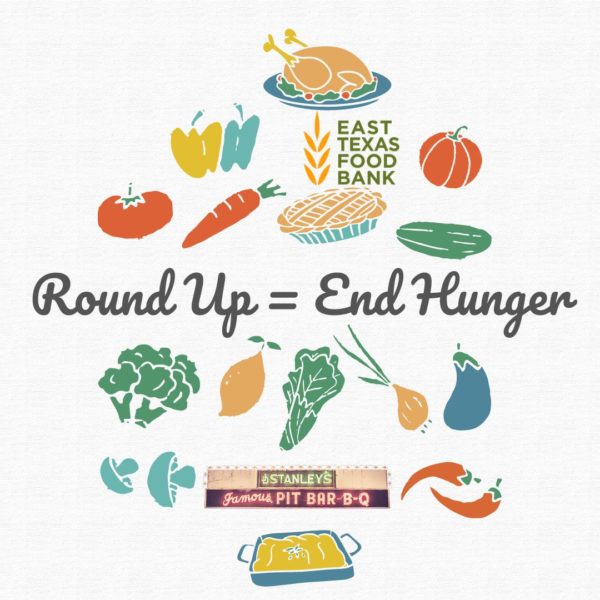10 Tips to Eat More Seafood

Twice a week, make seafood—fish and shellfish—the main protein food on your plate. Seafood contains a range of nutrients, including healthy omega-3 fats. According to the 2010 Dietary Guidelines for Americans, eating about 8 ounces per week (less for young children) of a variety of seafood can help prevent heart disease.
- Eat a Variety of Seafood- Include some that are higher in omega-3s and lower in mercury, such as salmon, trout, oysters, Atlantic and Pacific mackerel, herring, and sardines.
- Keep it Lean and Flavorful- Try grilling, broiling, roasting, or baking—they don’t add extra fat. Avoid breading or frying seafood and creamy sauces, which add calories and fat. Using spices or herbs, such as dill, chili powder, paprika, or cumin, and lemon or lime juice, can add flavor without adding salt.
- Shellfish Counts Too!- Oysters, mussels, clams, and calamari (squid) all supply healthy omega-3s. Try mussels marinara, oyster stew, steamed clams, or pasta with calamari.
- Keep Seafood on Hand- Canned seafood, such as canned salmon, tuna, or sardines, is quick and easy to use. Canned white tuna is higher in omega-3s, but canned “light” tuna is lower in mercury.
- Cook it Safely- Check oysters, mussels, and clams before cooking. If shells don’t clamp shut when you tap them, throw them away. After cooking, also toss any that didn’t open. This means that they may not be safe to eat. Cook shrimp, lobster, and scallops until they are opaque (milky white). Cook fish to 145°F, until it flakes with a fork.
- Get Creative with Seafood- Think beyond the fish fillet. Try salmon patties, a shrimp stir-fry, grilled fish tacos, or clams with whole-wheat pasta. Add variety by trying a new fish such as grilled Atlantic or Pacific mackerel, herring on a salad, or oven-baked Pollock.
- Put it on a Salad or in a Sandwich- Top a salad with grilled scallops, shrimp, or crab in place of steak or chicken. Use canned tuna or salmon for sandwiches in place of deli meats, which are often higher in sodium.
- Shop Smart- Eating more seafood does not have to be expensive. Whiting, tilapia, sardines, canned tuna, and some frozen seafood are usually lower cost options. Check the local newspaper, online, and at the store for sales, coupons, and specials to help save money on seafood.
- Grow up Healthy with Seafood- Omega-3 fats from seafood can help improve nervous system development in infants and children. Serve seafood to children twice a week in portions appropriate for their age and appetite. A variety of seafood lower in mercury should also be part of a healthy diet for women who are pregnant or breastfeeding.
- Know Your Seafood Portions- To get 8 ounces of seafood a week, use these as guides: A drained can of tuna is about 3 to 4 ounces, a salmon steak ranges from 4 to 6 ounces, and 1 small trout is about 3 ounces.
For recipes visit etfbrecipes.org.
The tips featured in this blog post were developed by the USDA. For more information, visit myplate.gov


